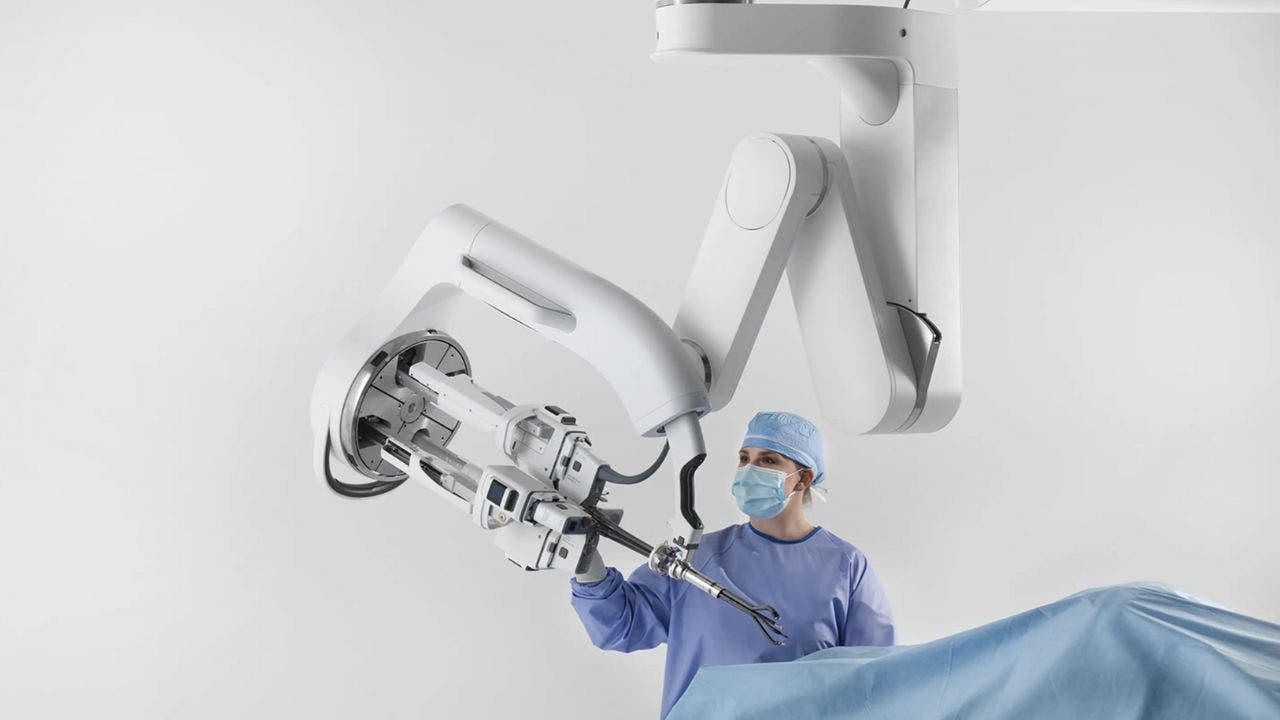Robots perform like human surgeons by just watching videos

In a groundbreaking development, researchers at Johns Hopkins University (JHU) and Stanford University have achieved a major milestone in the field of robotic surgery. They have successfully trained a robotic surgical system to perform complex tasks with the same level of skill as human doctors. This achievement has the potential to revolutionize the future of medical procedures and pave the way for autonomous robotic surgery.
The team utilized the da Vinci Surgical System, a robotic platform that is typically controlled remotely by surgeons. Using a machine learning technique known as imitation learning, they trained the system to perform three critical surgical tasks: manipulating a needle, lifting body tissue, and suturing. What sets this approach apart is the training method. Instead of manually programming each movement, the robot learned by watching hundreds of videos recorded from wrist-mounted cameras on da Vinci robots during actual surgical procedures. This method allows the robot to learn from the collective experience of numerous skilled surgeons, potentially surpassing the capabilities of any single human operator.
To further enhance the robot’s capabilities, the researchers developed an AI model that combines imitation learning with the machine learning architecture used in popular language models like ChatGPT. This model operates in the language of robotics, known as kinematics, allowing the system to translate visual input into precise robotic movements. The sophisticated approach enables the system to understand and replicate complex surgical maneuvers with remarkable accuracy.
The results of the study were impressive, with the robotic system executing tasks as proficiently as human surgeons and demonstrating the ability to correct its own mistakes in real-time. This level of autonomy and adaptability is crucial in surgical settings where unexpected situations can arise, potentially reducing complications and improving patient outcomes.
This breakthrough could significantly accelerate the development of autonomous surgical robots. Traditional methods of programming robots for surgery are time-consuming and limited in scope. With this new approach, robots can be trained to learn new procedures in a matter of days, opening up possibilities for quickly adapting surgical robots to new techniques.
Looking ahead, the JHU team is working on expanding this technology to train robots to perform complete surgical procedures. While fully autonomous robotic surgery may still be years away, this innovation lays the groundwork for safer and more accessible complex treatments worldwide. The ability to train robots on entire surgical procedures could lead to standardized, high-quality surgical care even in areas lacking specialized surgeons.
By harnessing the power of AI and imitation learning, we are witnessing the emergence of surgical robots that can learn and adapt much like human surgeons. This technology holds the promise of reducing medical errors, increasing surgical precision, and potentially making advanced surgical procedures available to more patients globally. While there are challenges to overcome, including ethical considerations and regulatory approvals, the future of AI-assisted and autonomous robotic surgery looks increasingly promising.




